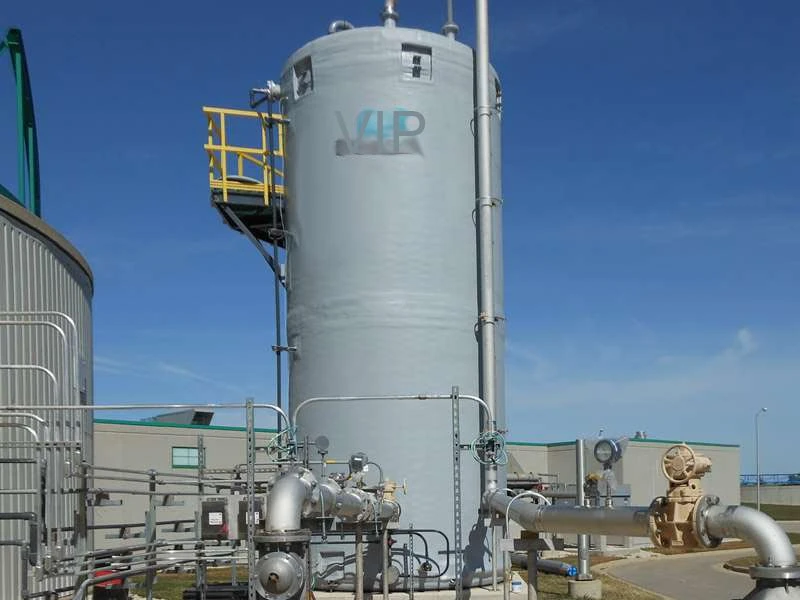
-
 Afrikaans
Afrikaans -
 Albanian
Albanian -
 Amharic
Amharic -
 Arabic
Arabic -
 Armenian
Armenian -
 Azerbaijani
Azerbaijani -
 Basque
Basque -
 Belarusian
Belarusian -
 Bengali
Bengali -
 Bosnian
Bosnian -
 Bulgarian
Bulgarian -
 Catalan
Catalan -
 Cebuano
Cebuano -
 China
China -
 China (Taiwan)
China (Taiwan) -
 Corsican
Corsican -
 Croatian
Croatian -
 Czech
Czech -
 Danish
Danish -
 Dutch
Dutch -
 English
English -
 Esperanto
Esperanto -
 Estonian
Estonian -
 Finnish
Finnish -
 French
French -
 Frisian
Frisian -
 Galician
Galician -
 Georgian
Georgian -
 German
German -
 Greek
Greek -
 Gujarati
Gujarati -
 Haitian Creole
Haitian Creole -
 hausa
hausa -
 hawaiian
hawaiian -
 Hebrew
Hebrew -
 Hindi
Hindi -
 Miao
Miao -
 Hungarian
Hungarian -
 Icelandic
Icelandic -
 igbo
igbo -
 Indonesian
Indonesian -
 irish
irish -
 Italian
Italian -
 Japanese
Japanese -
 Javanese
Javanese -
 Kannada
Kannada -
 kazakh
kazakh -
 Khmer
Khmer -
 Rwandese
Rwandese -
 Korean
Korean -
 Kurdish
Kurdish -
 Kyrgyz
Kyrgyz -
 Lao
Lao -
 Latin
Latin -
 Latvian
Latvian -
 Lithuanian
Lithuanian -
 Luxembourgish
Luxembourgish -
 Macedonian
Macedonian -
 Malgashi
Malgashi -
 Malay
Malay -
 Malayalam
Malayalam -
 Maltese
Maltese -
 Maori
Maori -
 Marathi
Marathi -
 Mongolian
Mongolian -
 Myanmar
Myanmar -
 Nepali
Nepali -
 Norwegian
Norwegian -
 Norwegian
Norwegian -
 Occitan
Occitan -
 Pashto
Pashto -
 Persian
Persian -
 Polish
Polish -
 Portuguese
Portuguese -
 Punjabi
Punjabi -
 Romanian
Romanian -
 Russian
Russian -
 Samoan
Samoan -
 Scottish Gaelic
Scottish Gaelic -
 Serbian
Serbian -
 Sesotho
Sesotho -
 Shona
Shona -
 Sindhi
Sindhi -
 Sinhala
Sinhala -
 Slovak
Slovak -
 Slovenian
Slovenian -
 Somali
Somali -
 Spanish
Spanish -
 Sundanese
Sundanese -
 Swahili
Swahili -
 Swedish
Swedish -
 Tagalog
Tagalog -
 Tajik
Tajik -
 Tamil
Tamil -
 Tatar
Tatar -
 Telugu
Telugu -
 Thai
Thai -
 Turkish
Turkish -
 Turkmen
Turkmen -
 Ukrainian
Ukrainian -
 Urdu
Urdu -
 Uighur
Uighur -
 Uzbek
Uzbek -
 Vietnamese
Vietnamese -
 Welsh
Welsh -
 Bantu
Bantu -
 Yiddish
Yiddish -
 Yoruba
Yoruba -
 Zulu
Zulu
grp products for thermal and nuclear power
Exploring GRP Products for Thermal and Nuclear Power Applications
In the realm of energy production, the efficiency and safety of systems are paramount. One critical area that has seen substantial advancements is the use of Glass Reinforced Plastic (GRP) products in thermal and nuclear power applications. GRP, known for its lightweight properties, corrosion resistance, and exceptional strength-to-weight ratio, has become a preferred choice in various industrial sectors, particularly in energy generation.
Thermal power plants, which often utilize fossil fuels, require components that can withstand high temperatures and harsh environments. GRP products, such as pipes, ducts, and tanks, have emerged as viable alternatives to traditional materials like steel and concrete. The corrosion resistance of GRP ensures a longer service life, reducing maintenance costs and downtime for power plants. Additionally, GRP's lightweight nature allows for easier installation and transportation, making it an attractive option in construction projects.
In nuclear power applications, the requirements are even more stringent. Safety is the foremost priority, and GRP products play a crucial role in achieving this objective. The non-conductive properties of GRP make it an ideal material for electrical enclosures and cable management systems within nuclear facilities. This minimizes the risk of electrical failures, which can have catastrophic consequences. Moreover, GRP's resistance to radiation and chemical exposure ensures that the integrity of components remains intact even in the harshest of environments.
grp products for thermal and nuclear power

Another significant benefit of GRP in both thermal and nuclear settings is its versatility. GRP can be molded into various shapes and forms, allowing for customized solutions tailored specifically to the needs of a project. Whether creating intricate systems for thermal power generation or robust containment structures for nuclear reactors, GRP adapts well to diverse engineering requirements.
Furthermore, the sustainability aspect of GRP products cannot be overlooked. As society increasingly focuses on reducing carbon footprints and embracing eco-friendly solutions, GRP contributes positively. Its manufacturing process allows for the use of recycled materials, and its durability reduces the frequency of replacements, aligning with environmental goals.
As the energy sector continues to evolve, the integration of advanced materials like GRP will undoubtedly play a pivotal role. Innovations in manufacturing techniques and material sciences promise to enhance the performance of GRP products further, expanding their applications in both thermal and nuclear power industries.
In conclusion, GRP products are more than just an alternative; they represent a significant leap forward in the pursuit of efficient, safe, and sustainable energy solutions. As thermal and nuclear power plants look to optimize their operations and uphold high standards of safety, GRP is positioned to become an indispensable asset in the energy landscape.









